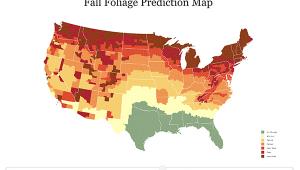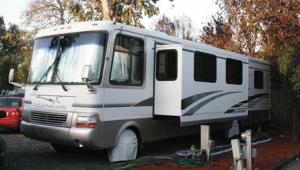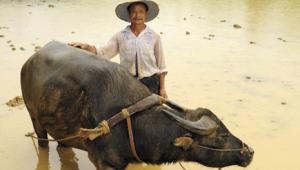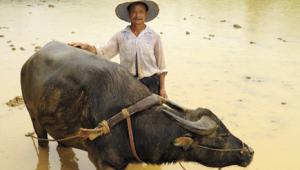Getting The Most From Macro Mode Page 2
 |
|
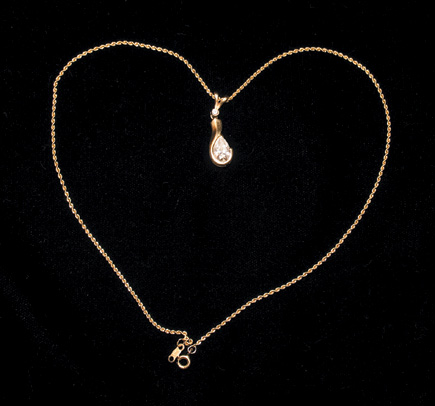 |
|
|
Lighting
One of the biggest challenges of macro photography is creating a well-lit image.
The close proximity of the subject to the camera usually makes the on-camera
flash less than ideal (or to be more honest, the on-camera flash is nearly useless).
Luckily, there are some simple and effective solutions, and thanks to the flexibility
of digital photography, easier than ever to do.
For indoor subjects, multiple light sources can be arranged to evenly light
the subject or provide dramatic directional lighting. Small shiny objects, like
glass or jewelry can be evenly lit by placing a diffusing material, such as
a sheet (or even holding a piece of paper in front of the flash) between the
light source and subject. When using indoor lighting, it's important to
check the results in your LCD to ensure the white balance is correct. While
auto white balance works in many cases, if you're using standard indoor
lights you'll probably be happy setting the white balance to tungsten.
 |
 |
|
|
||
This is a great opportunity to experiment with bouncing light off reflector
boards. Reflected light is much less harsh than direct flash, and much less
likely to cause blown out highlights, or harsh spots of light in the subject
or scene. Again, simple poster board available from craft stores can be used
to great effect, and will cost much less than the "real thing" purchased
from a photography store.
The reflectors made for photography have their advantages though. Available
in white, silver or gold, they can change the warmth of the light being reflected.
Photoflex makes a reflector that has all of these colors, plus black, all in
one convenient package.
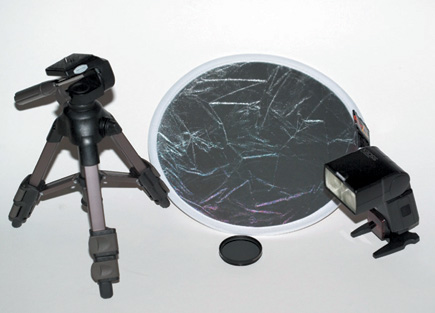 |
|
|
Conclusion
Macro photography can open up new worlds to explore, and best of all, in most
cases it can be done with the equipment you already have. Most of us can find
countless subjects around the home or yard. Keep practicing and watch your composition
improve for other subjects as well.
- Log in or register to post comments
